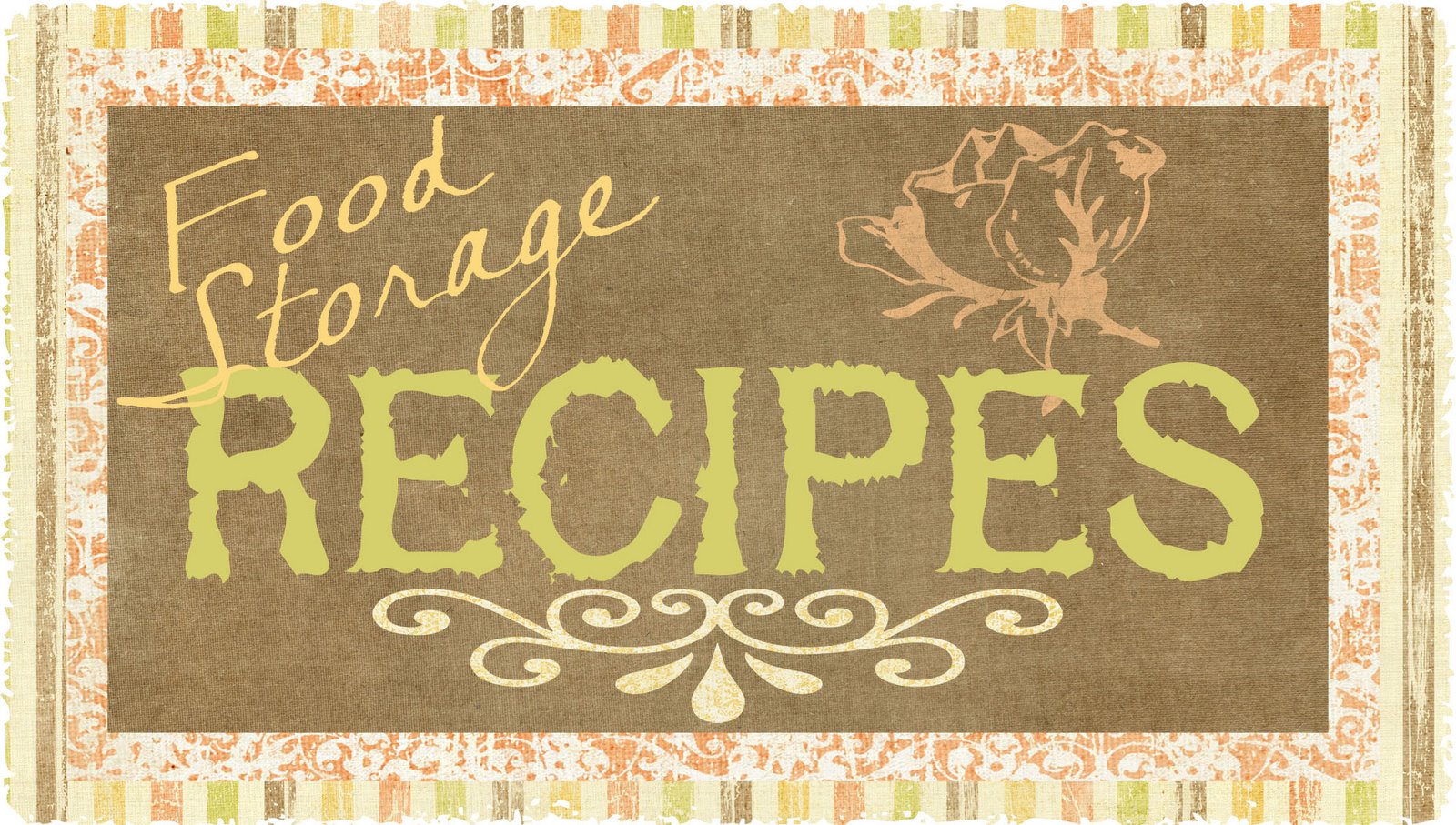So I don't know about any of you, but I have heard about TVP a lot when it comes to food storage, and it is sad to admit but I have often wondered exactly what TVP really is. Well I have done a little research and here is what I have found. TVP stands for Texturized Vegetable Protein. It is actually made from soybeans. It keeps its nutritional value for a long time and provides a lot of protein and fiber. It is very high in potassium, is a good source of the essential amino acids, and also contributes calcium and magnesium to your diet. Also, because it is dry, it has a very low bacterial count.
Another plus is that if you happen to be a vegetarian, TVP is a great protein supplement because it contains no meat or meat bi-products.
It is also very easy to store. It can be stored for at least a year in nothing but a sealed container, and if it is sealed airtight, the shelf life is much, much, longer.
I also found this from healthrecipes.com
Textured Vegetable Protein (TVP)?
Also known as textured soy protein, TVP is not tofu. It is, however, made from soy. TVP comes from defatted soy flour, which is a by-product of soybean oil, so it is plentiful in supply. It’s also quick to cook and a great source of vegetable protein without all the fat.
TVP comes in small dry chunks resembling, well, dried vegetables more than anything, or in a finely-ground form. It’s flavorless, but when you rehydrate it and add your own flavors, it makes a great protein-filled addition to many dishes calling for ground meat. Because of its varying texture, it’s versatile, and can take on the texture of many meats. For instance, it’s excellent in chili, tacos, veggie burgers and soups.A 43-gram serving of TVP contains 120 calories and 21 grams of protein and hardly any fat.
When it’s used to replace meat in stews and soups, your family will hardly be able to tell the difference and since you can marinate it in many of the same sauces as meat, it can take on many of meat’s flavors.
Here is how you rehydrate the TVP, I found the directions on a site called
vegameat.comRe-hydrating TVP chunks is a very simple process. I'm sure there is a technical way to do it (one cup of tvp to so many cups of water) but I just use the eyeball method. This works for most recipes, the rest (like the
beef stew we just dump the TVP during the cooking so it gets re-hydrated automatically. Here's how I do it for everything else.
I usually use 1 to 1 ½ cups of TVP at a time. This stuff will bloat up so start small. Put a pan of water on the stove to boil. When it's boiling or almost boililng kilthe heat and dump in the TVP. With a fork or spoon make sure the little floaty pieces stay submurged. Let it sit for a few mins. When the pieces stop looking like dry dog-food and start looking like little chunks of meat take a fork and pick one out. Try it, if it's firm but soft all the way through, it's done. If there's a hard spot in the middle, let it sit for a few more mins


